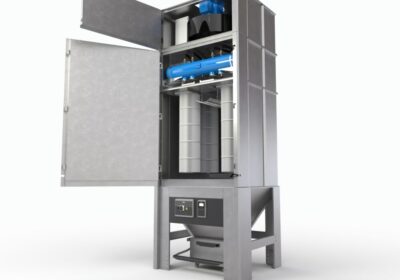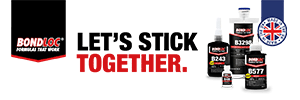~ Insights into US industry developments and market trends ~
The landscape of tobacco and vape product regulations is rapidly evolving, and staying ahead of the curve is essential. The ninth annual Keller and Heckman E-Vapor and Tobacco Law Symposium, held in Las Vegas in January provided in-depth discussions on legal, regulatory and scientific advancements in the tobacco, nicotine and CBD industries. Chris Allen, CEO, and Andy Mooney, Chief Commercial Officer of testing and regulatory consultancy Broughton, attended the two-day event, gaining valuable insights.
Regulatory insights and industry developments
As regulatory scrutiny intensifies, the conversation around reduced-risk nicotine products is evolving. At the recent industry symposium, experts discussed the growing focus on enforcement and the urgent need for regulatory changes to support innovation.
One of the most debated topics was the potential creation of a dedicated harm reduction agency to oversee products like nicotine pouches and heated tobacco. While this could provide clarity, pending executive orders and shifting leadership could leave the future regulatory landscape uncertain.
Meanwhile, the market is being flooded with flavoured nicotine pouches and electronic nicotine delivery systems (ENDS), many of which operate outside legal boundaries. Without a clear and consistent Premarket Tobacco Product Application (PMTA) process and stronger enforcement, responsible players face an uneven playing field.
The symposium also revisited the FDA’s 2019 review of ZYN, a leading nicotine pouch brand. Experts suggested that what was deemed acceptable then may no longer hold up under today’s stricter scientific and regulatory lens, especially given growing concerns about youth access.
From a legal perspective, the team at Keller and Heckman LLP shed light on the complexities of compliance. Unlike the EU’s harmonised approach through the Tobacco Products Directive, the U.S. regulatory framework allows states to impose their own restrictions, leading to significant regional variations. They also emphasised the importance of the Proposed Rule on Tobacco Product Manufacturing Practices in future PMTA applications.
With regulatory changes on the horizon, industry stakeholders must stay ahead of evolving requirements. A more predictable and transparent framework could encourage compliance while ensuring that innovation in reduced-risk products continues to progress responsibly.
Market trends
The nicotine industry is evolving rapidly, with new research and regulatory challenges shaping its future. Recent discussions at this key industry event shed light on emerging trends and scientific advancements, particularly in behavioural research.
One notable finding was that many smokers with no prior intention of quitting are successfully switching to alternative products, a promising development for harm reduction.
The rise of oral nicotine products was another hot topic, with concerns growing over the surge in illicit nicotine pouches. Experts warned that if left unmonitored, this could lead to a new youth epidemic, echoing past public health challenges.
Regulatory updates were also in focus, particularly the risks associated with submission tracking number (STN) only submissions. It was reinforced that this approach does not provide a legally viable pathway to market. Meanwhile, the FDA’s toxicological review process is shifting from a broad total product assessment to a more ingredient-specific evaluation, signalling a change in how products will be scrutinized moving forward.

As the regulatory landscape continues to evolve, staying ahead of industry changes is crucial. At Broughton, we engage directly with US product innovations to help businesses navigate compliance and bring new products to market successfully.
Book a consultation with a PMTA specialist to ensure your product meets regulatory requirements and is set up for success.








